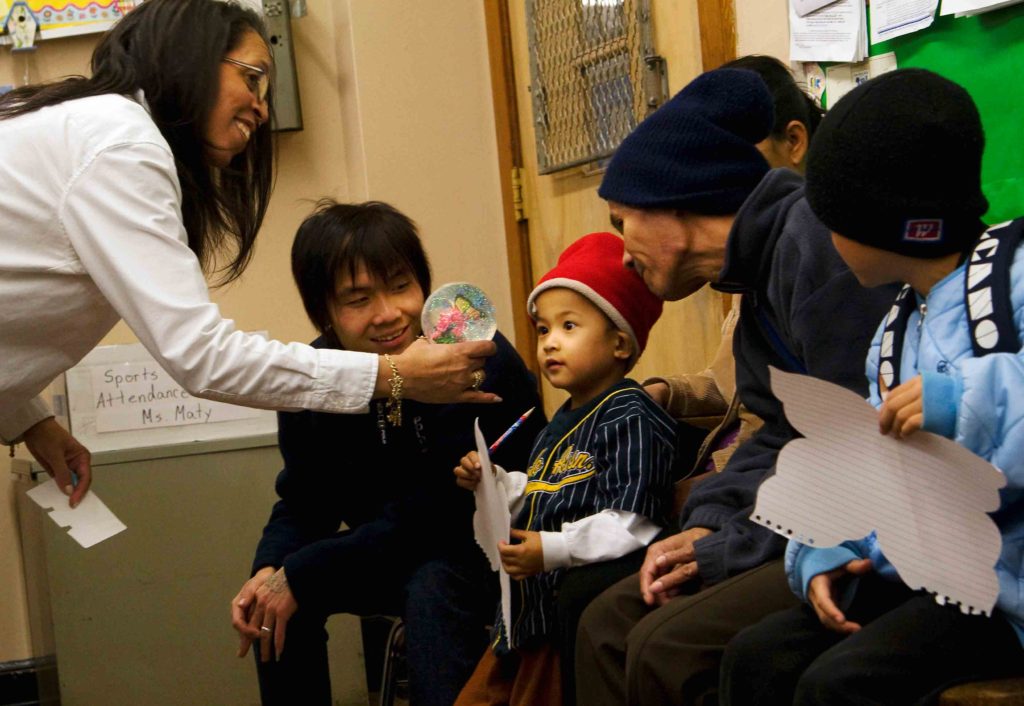
Supporting Your Child in School
The United States offers a range of educational opportunities, from traditional Kindergarten through 12th grade schooling to higher education and post-secondary vocational training. Understanding the different school systems can be challenging. However, refugees should know that public education is available to all, regardless of ability, sex, age, race, religion, or social class. Additionally, they need to know that school is mandatory for children, although the exact ages for mandatory education are determined by each state. Refugee parents with children in school should also be aware that in the United States, parents are expected to be involved in their children’s education.
Download Lesson Plan- As a parent (or legal guardian) you have rights and responsibilities that pertain to your engagement in your child’s education in the United States.
- There are a variety of ways that you may be able to engage with your child and the school he/she attends.
- There are benefits for both you, your child, and the school as a result of your engagement as a parent.
- You have a right to an interpreter should you require assistance in order to best engage with your child’s school.
After this lesson, refugees will be able to:
- Describe the roles and responsibilities of parents (or legal guardians) in their child’s education in the United States.
- Articulate at least three ways parents (or legal guardians) can engage in their child’s education.
- Identify at least three benefits of parents’ (or legal guardians’) engagement in their child’s education (both for the child and the family).
- Determine different strategies for facing obstacles that prevent engagement in their child’s education.
- Bridging Refugee Youth & Children’s Services: Schools
- Educational Handbook for Refugee Parents
- Involving Refugee Parents in their Children’s Education
- National Education Associations: A Parent’s Guide to Helping Your Child Do Well in School
- Raising Children in a New Country: An Illustrated Handbook
- Raising Teens in a New Country: A Guide for the Whole Family
- United States Department of Education: Helping Your Child Series


